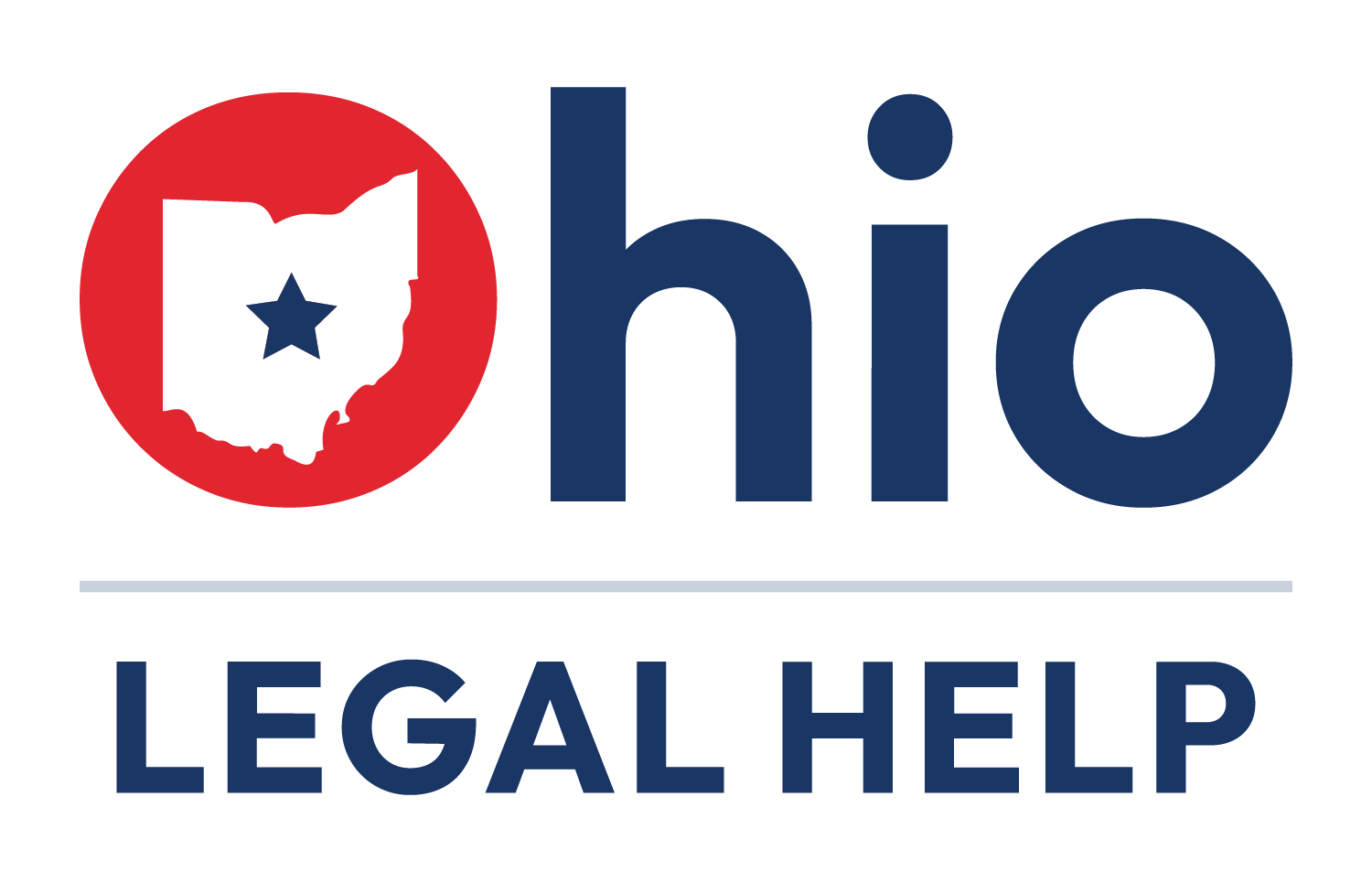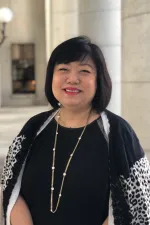A Letter from the Executive Director
This is the first letter in a new series from the Executive Director of Ohio Legal Help, Susan Choe. Susan will share with our supporters and the community updates about OhioLegalHelp.org, stories from users and what inspires the Ohio Legal Help team.
The COVID-19 pandemic has impacted nearly everyone in Ohio, both individually and as a community. After more than nine months, we are all too familiar with the devastating health and economic statistics which we see every night on the news and on our social media feeds.
In addition to those statistics, I see every morning the questions that keep Ohioans up at night. This week, Ohioans are looking on OhioLegalHelp.org for answers on “can I be evicted during COVID” and is “there a second stimulus check.” The answers to those questions are “maybe” and “not right now, check back later.”
In a user survey we launched in November, people told us about the difficult problems impacting their lives. Cate*, from Greene County, Ohio, told us, “My landlord is trying to evict me. I am behind on my rent due to losing my job (COVID-19)…I have never had any issues until now and I have lived here for almost 3 years. I didn't think I could do anything about it but now I have a little hope. Thank you.”
We know that stories like Cate’s are increasingly common, and Ohio is a microcosm of our country. Our communities need help more than ever, and the need for free, trusted legal help is only growing.
The Pandemic Magnifies the Justice Gap
People who need legal help the most are often the ones who don’t have access to it. It’s a problem called the justice gap, and it refers to the difference between the civil legal needs of low-income and vulnerable Americans and the resources available to meet those needs.
The Legal Services Corporation conducted a study in 2017 to learn more about the justice gap. The study revealed that:
- 71% of the low-income families experience at least one civil legal problem in a given year, such as domestic violence, healthcare dilemmas, housing issues and glitches with veterans’ benefits.
- 70% of survey respondents reported that at least one of their civil legal problems affected them very much or severely.
- 86% of civil legal problems reported by low-income Americans received inadequate or no legal help.
Each year more than 30 million Americans deal with civil legal problems without legal representation. Many times they don’t even realize they need a lawyer, much less know how to find or pay for one. As a result, they are often left to deal alone with civil legal problems like debt collection, eviction, foreclosure, child custody, bankruptcy and disability claims. Unmet legal needs can have profound, even life-changing, implications.
The pandemic has magnified and brought to light the gap that exists between civil legal needs and available services, particularly for our most vulnerable citizens.
Innovative Technology to Address the Justice Gap
In June 2017, a group of community and legal organizations met for the first time to discuss the creation of a statewide legal portal that would become Ohio Legal Help. This group became Ohio Legal Help’s Steering Committee. The Steering Committee included representatives of key organizations across Ohio’s justice system, including the Supreme Court of Ohio, the Ohio Access to Justice Foundation, the Ohio Judicial Conference, the Ohio Clerk of Courts Association, the Ohio State Bar Association, the Alliance of Ohio Legal Aids, the Consortium of Ohio County Law Libraries, the Ohio Library Council and the Ohio Domestic Violence Network.
They started with a vision of closing the justice gap by providing actionable legal information and connecting users of the site to local community resources. Success was defined as empowered users – users who would have vetted, authoritative legal information and the online tools to take action. Tools to allow users to complete court forms or connect to a community resource, all on their cell phones.
Supported by the Supreme Court of Ohio, the Ohio State Bar Foundation, the Ohio Access to Justice Foundation, the George Gund Foundation and the Columbus Bar Foundation, OhioLegalHelp.org launched in September 2019. Guided by the vision of the Steering Committee, the site provides step-by-step legal information, court forms and connections to lawyer referral, legal aid and other community resources so that low-income, underserved and vulnerable Ohioans can take action to resolve their legal problems.
Since the onset of the pandemic in March, we have helped over 270,000 users navigate their COVID-19 legal challenges. Ohioans have taken action to help themselves and their families, including 86,000 with accessing unemployment, 39,000 with preventing eviction and foreclosure, 7,400 with accessing public benefits and 1,300 seeking help for domestic violence and family abuse. We have also made 70,000 referrals to critical local resources like legal aid, private bar associations, domestic violence shelters and community action agencies.
Ohio Legal Help has seen a 500% plus increase in traffic since the onset of the COVID-19 pandemic, including traffic after midnight. This growth shows the vital role of trusted, 24/7 online legal assistance during the current COVID-19 crisis and beyond.
Things Will Get Better, but We Need Your Help
The pandemic has exacerbated problems that were already there. Just like Cate, many Ohioans are struggling with a number of issues like staying in their homes, accessing unemployment benefits and getting enough food on the table. Though we see what is keeping Ohioans up at night, we also see their perseverance.
During the holiday season, we often talk about what inspires us to give back to our communities. At Ohio Legal Help, we are inspired by the hundreds of thousands of users who have taken charge of their situation. We see the great need for legal help during this unforeseen pandemic, and that has motivated our team to provide real-time updates so that people can quickly understand their situation and take action.
More help is needed though. We will continue working to let everyone in Ohio know that OhioLegalHelp.org is available 24/7, 365 days a year, but we need your help as well. Ohio Legal Help is just over a year old, and we currently see more than 10,000 visitors a week. This holiday season and beyond, we are calling upon you to help us help our communities even more. Share our posts on social media, forward our email updates to your colleagues, donate to us if you share our vision for access to justice for all. Together, we can provide “a little hope” to Ohioans like Cate.
*Name has been changed to protect user privacy.


